Foxtor Mires
Foxtor Mires: The Inspiration for the Grimpen Mire
The Sherlock Holmes novel The Hound of the Baskervilles contains many vivid descriptions of the “Great Grimpen Mire”, a virtually impenetrable expanse of bog on Dartmoor.
Our first introduction to it is a pony being sucked to its death in the peaty morass:
“A false step yonder means death to man or beast. Only yesterday I saw one of the moor ponies wander into it. He never came out. I saw his head for quite a long time craning out of the bog-hole, but it sucked him down at last. Even in dry seasons it is a danger to cross it, but after these autumn rains it is an awful place… it’s a bad place, the great Grimpen Mire.” – Stapleton
Only a few knew about the hidden paths and tracks, and indeed that was one of Sherlock’s clues about who was really behind the mysterious deaths on the moor, since few knew how to navigate it safely, especially in the thick fog that often enveloped the place.
Even though (spoiler alert) Stapleton had his reasons for over-blowing just how deadly the mire is, it does account for a fair number of people, dogs and wild ponies over the course of the novel.
Conan-Doyle based the Grimpen Mire on more than just his imagination, though. He was aware of Dartmoor, and indeed lived down the road in Plymouth for a time, when he was starting out as a doctor, and he – it seems – based the idea of the Grimpen Mire on the real-world Foxtor Mire, which enjoys a slightly less terrifying but nonetheless real reputation as a place you want to avoid walking in.
Foxtor mire is a waterlogged, spongy quagmire fed by four different streams, and in any but the most extreme of droughts is an absolute nightmare to wade through. On the maps, a bridleway passes through the middle of the mire, probably Conan Doyle’s inspiration for the tracks that Stapleton could follow. But in practice it is almost impossible to get from one side to the other without at least one leg sinking into the quivering mass, and possibly losing a boot as you struggle against the vacuum so created.
Although it’s unlikely you’ll be sucked to your death like the poor pony, it’s worth knowing that some bogs on the moor can be 9 metres deep: more than enough even for a horse to drown in.
All in all, it’s best viewed from a safe distance, on one of the surrounding hills, from which vantage point it does indeed have a haunting and desolate grandeur.
Foxtor
In the novel, Sherlock watched much of the proceedings from a nearby tor. The nearest tor to Foxtor mire is, appropriately, Fox Tor, which is a small-ish outcropping of granite, which would have made for a rather uncomfortable camping spot for Holmes. It is rather isolated, but worth a visit for the views over the Mire.
Childe’s Tomb
Another noteworthy location, on the edge of Foxtor mires, is the rebuilt tomb to a hunter named Childe who was lost on the moor during a blizzard. Legend says that he disemboweled his horse and climbed inside to try to save himself from the withering cold, but in vain.
His will stated that whoever found his body and arranged for his burial would inherit his lands, which were substantial holdings around Plymstock.
The monks of Tavistock Abbey heard about his death, and eager for some more land, arranged to go and collect his body. Meanwhile, the people of Plymstock rather felt that the lands ought to belong to them, so they arranged to intercept the monks at a bridge over the River Tavy.
Suspecting foul play, the monks made their own bridge and sneaked past the waiting party, arranging for Childe’s burial.
At the spot where his body was found a small cairn was erected with a cross on top. This stood until the 1800s, when a local farmer decided to repurpose the stone, although it was rebuilt in 1890 using mostly original materials.
Local folk singer Seth Lakeman had a song about Childe, which you can hear here.
Nowadays, Childe’s tomb is one of the few features in this otherwise empty landscape, and is definitely atmospheric enough to be worthy of a visit if you’re walking near the mires.
I took a path from Nun’s Cross farm up towards Foxtor and, at the remains of a cross which is marked on the OS maps, trekked in a more or less straight line across trackless moor until I came to Fox Tor itself. From there it’s clear how to descend the hill and enter the walled enclosure around the mire. Childe’s Tomb is just beyond.
Other Noteworthy Places…
Ted Hughes Memorial
The memorial to the poet Ted Hughes is to be found near the source of one of his favourite rivers, the Taw in North Devon
Brent Tor Church – St Michael de Rupe
On the western edge of Dartmoor, an ancient church sits atop a plug of basalt, with commanding views over West Devon and Cornwall…
Merrivale Complex
The Merrivale Complex of stone rows, cists and stone circles is easy to find on Dartmoor – a must-see if you’re interested in ancient stones!

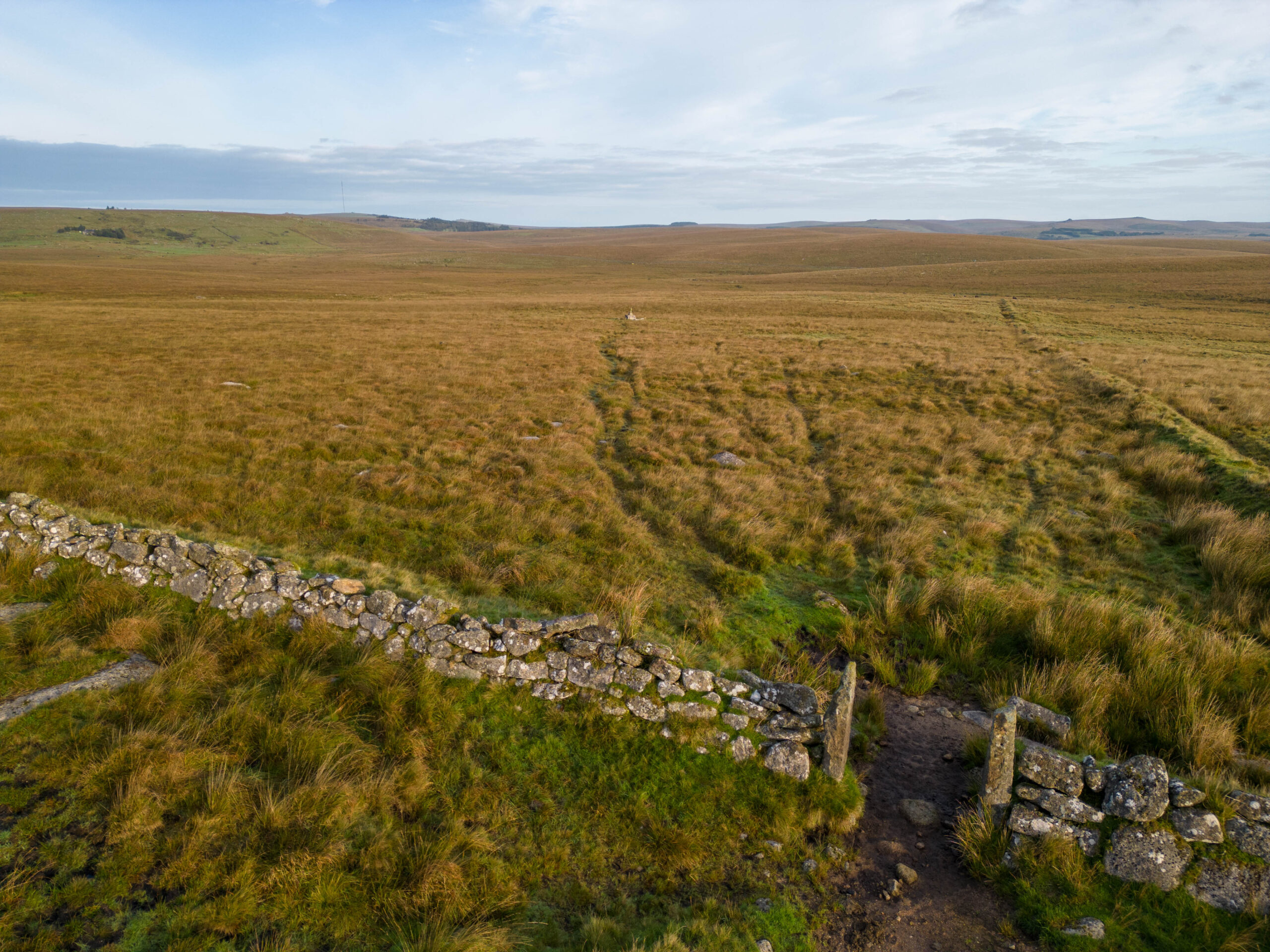
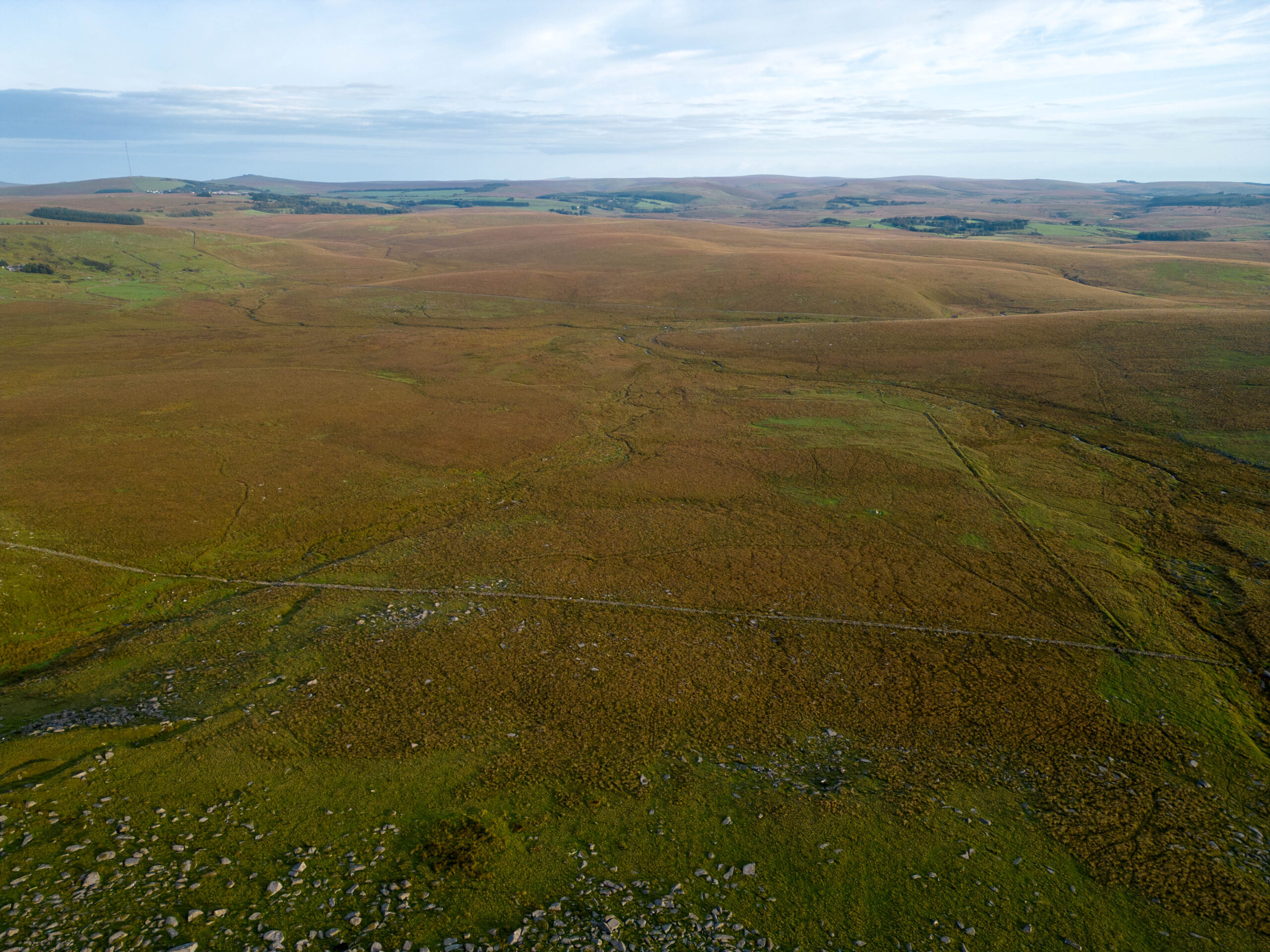
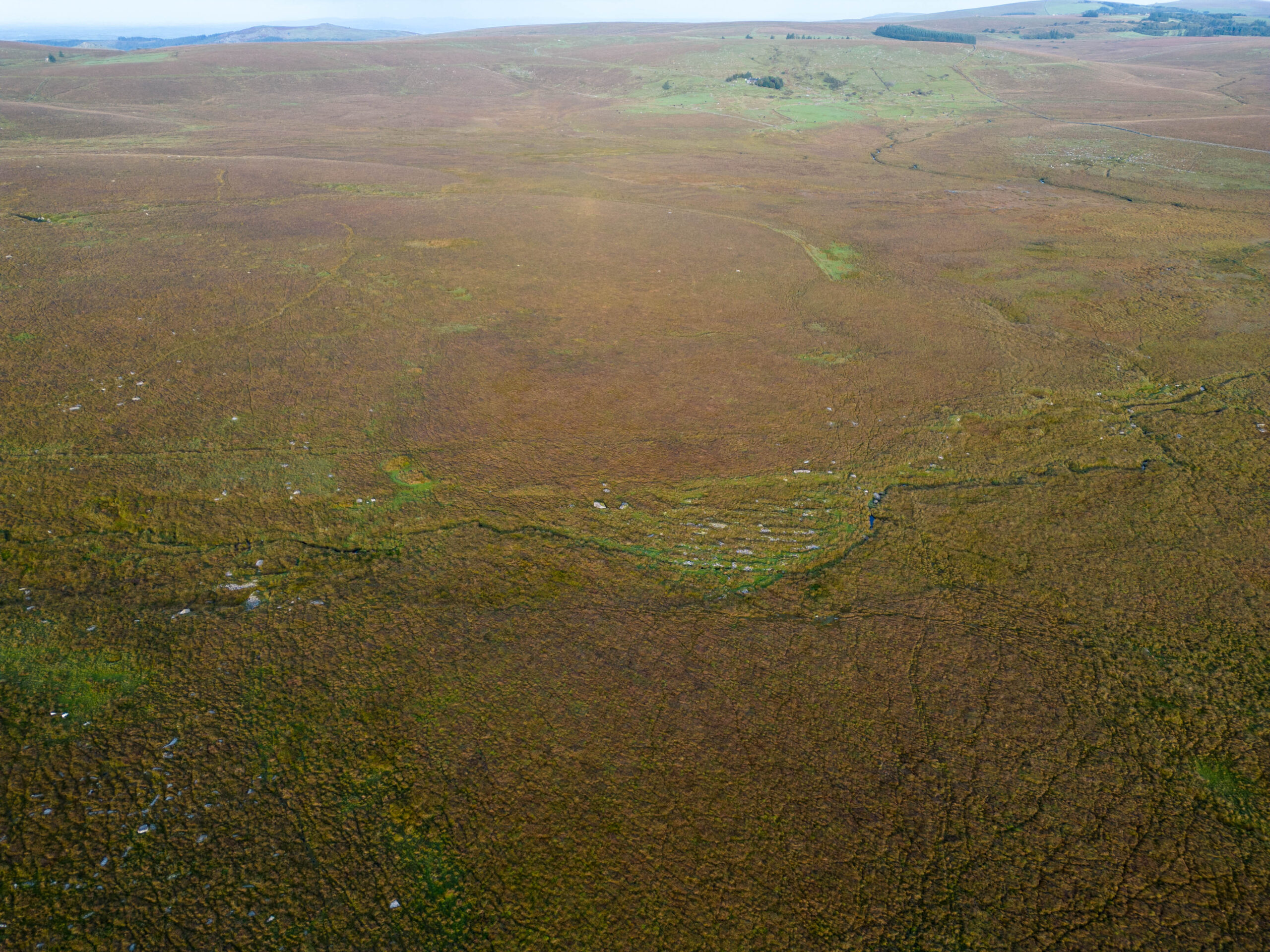
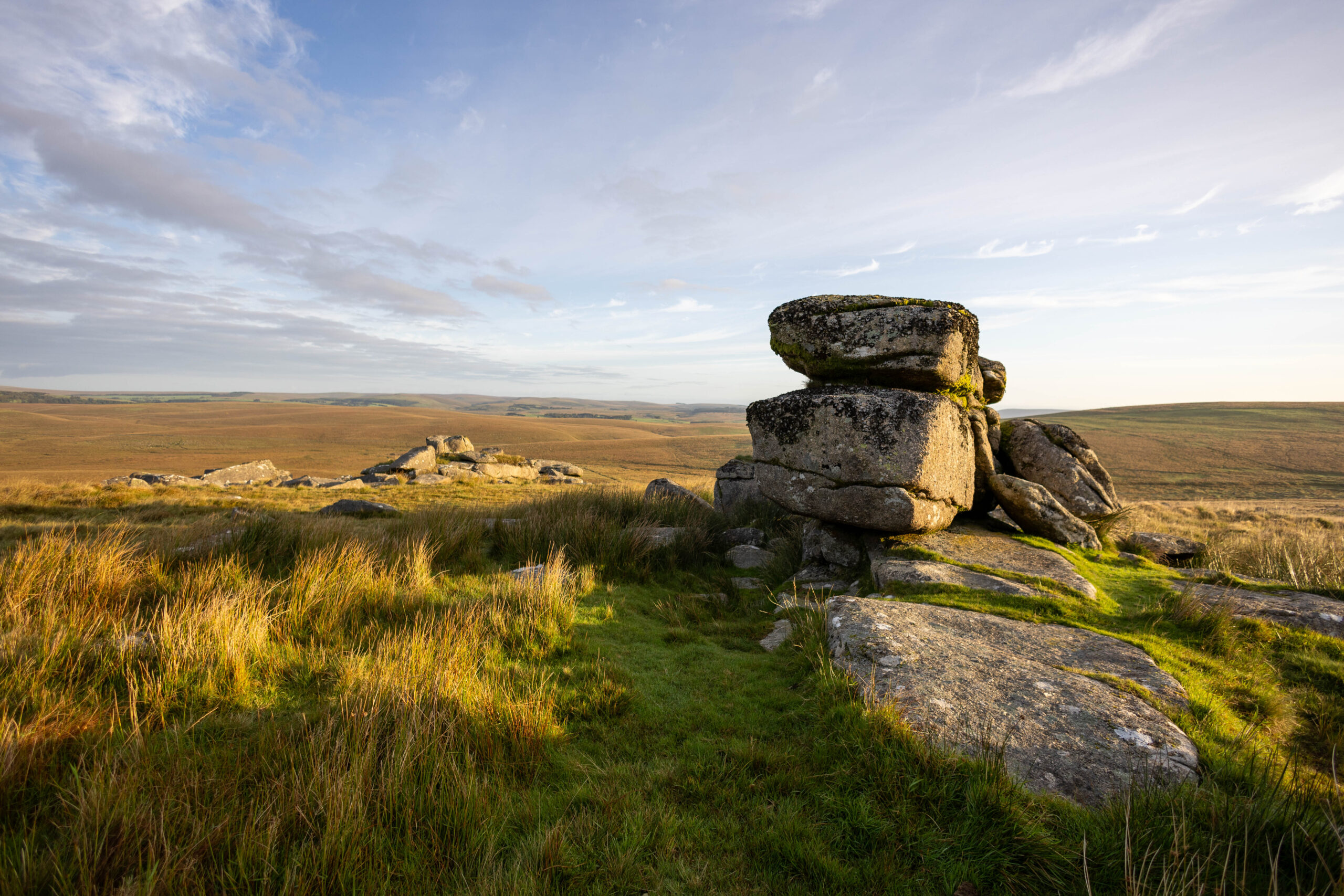
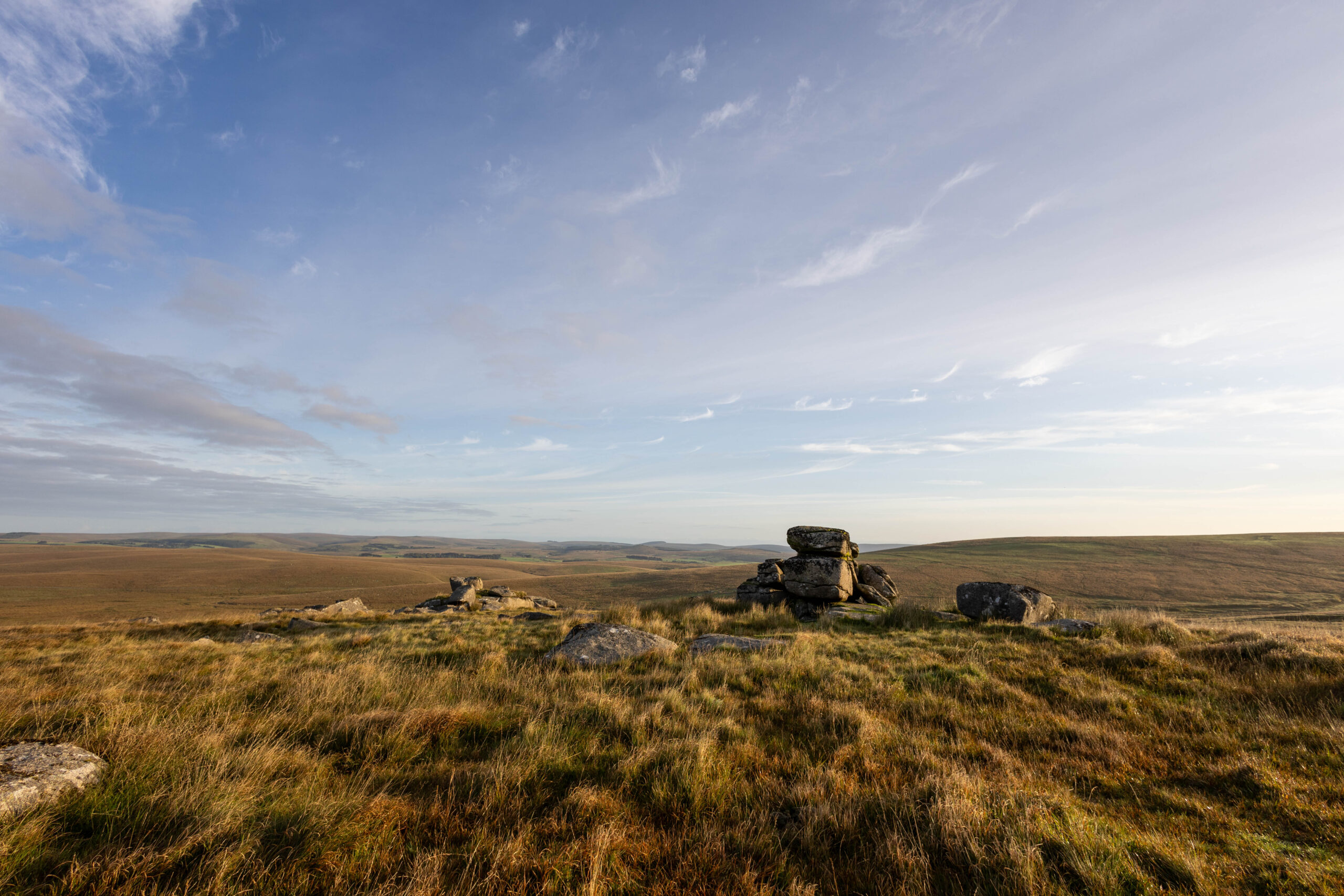
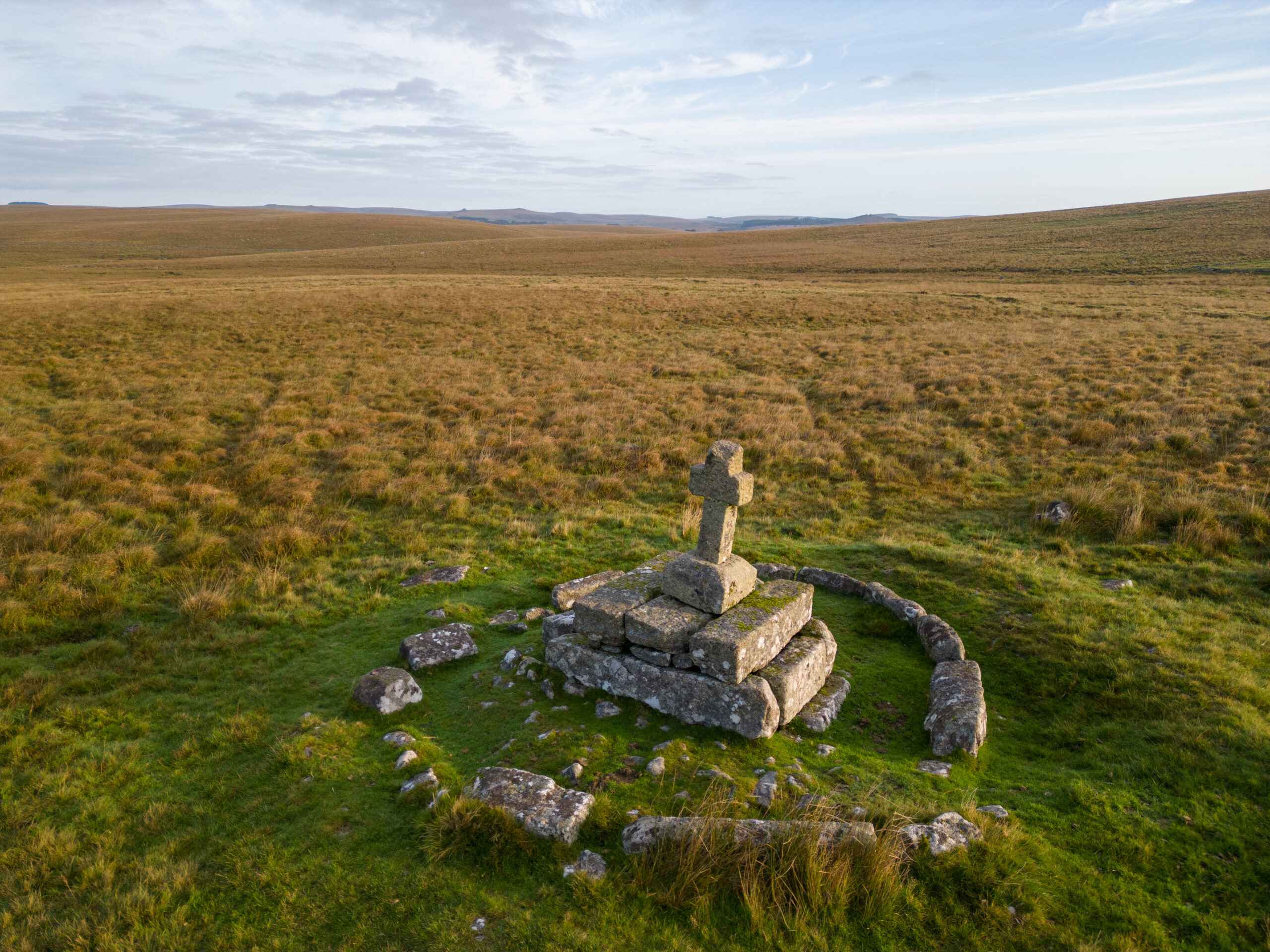
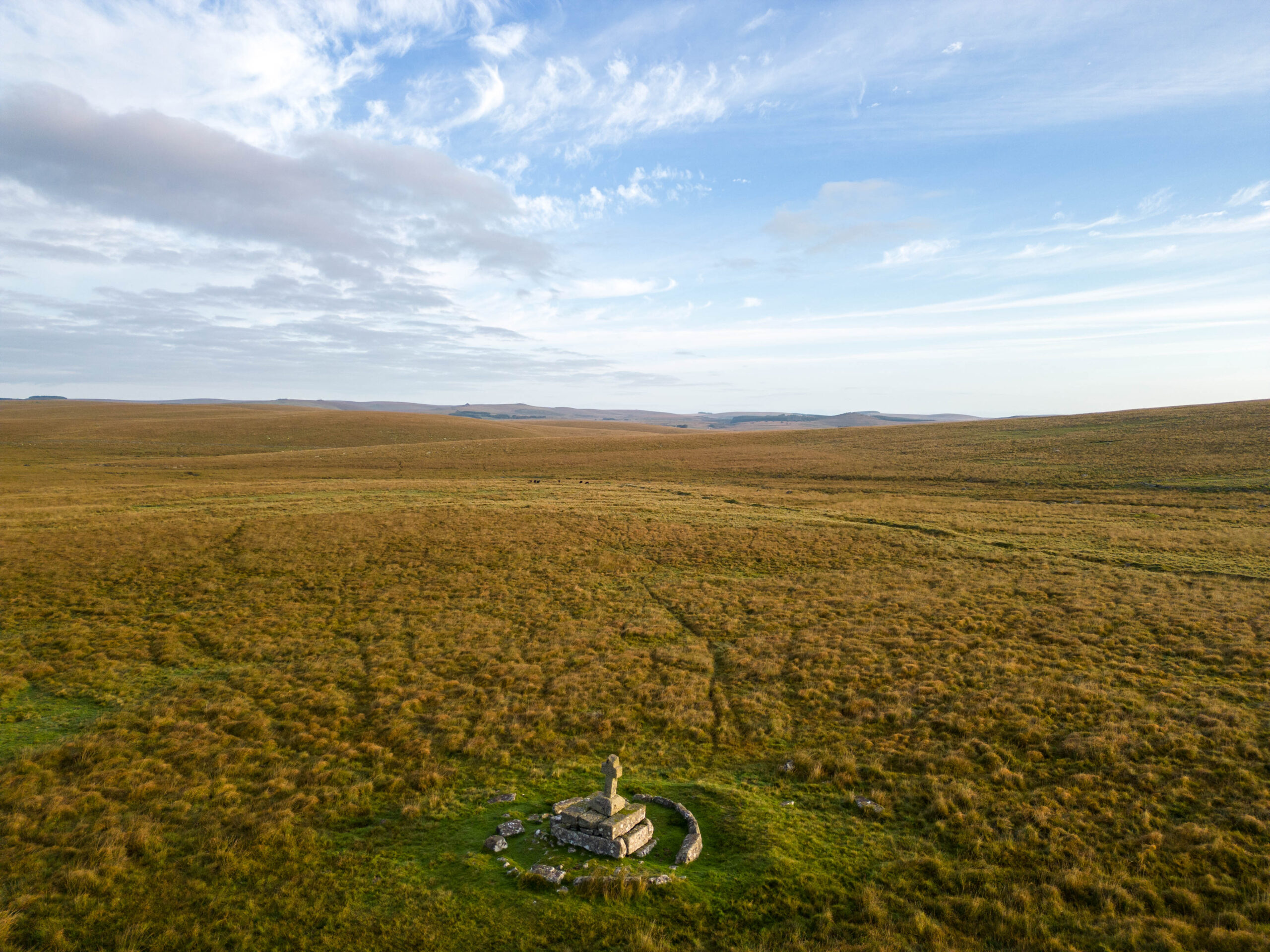
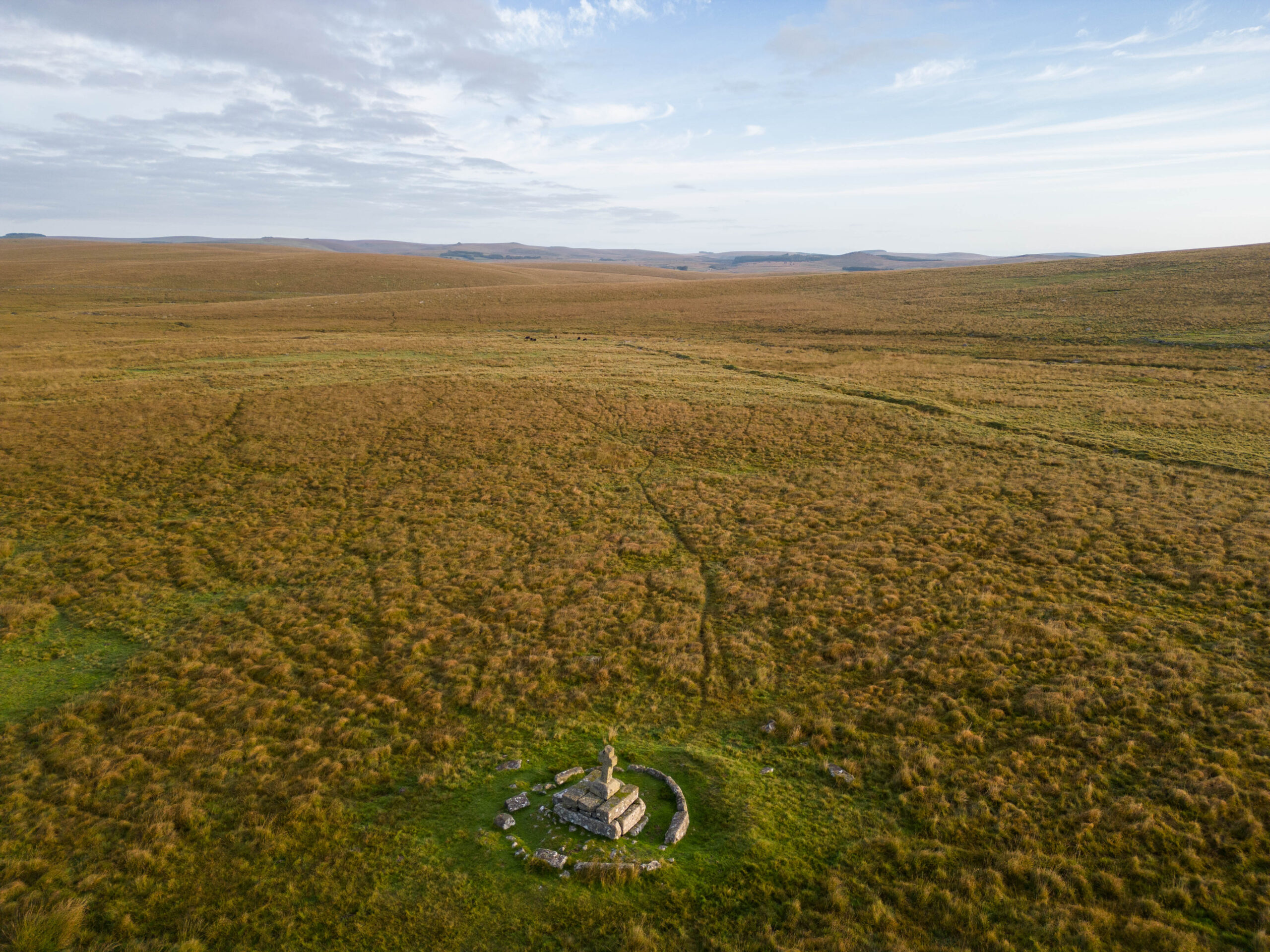
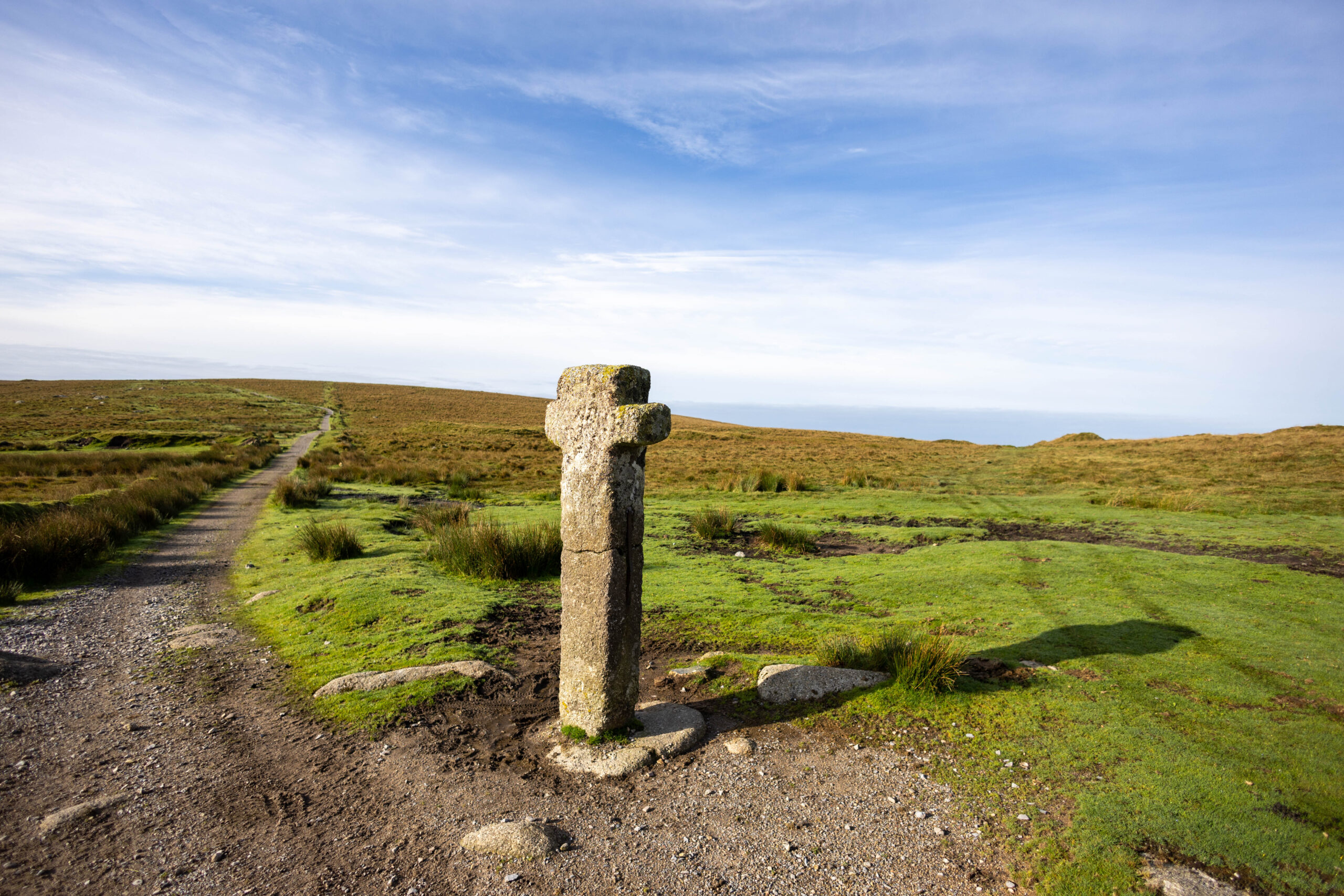
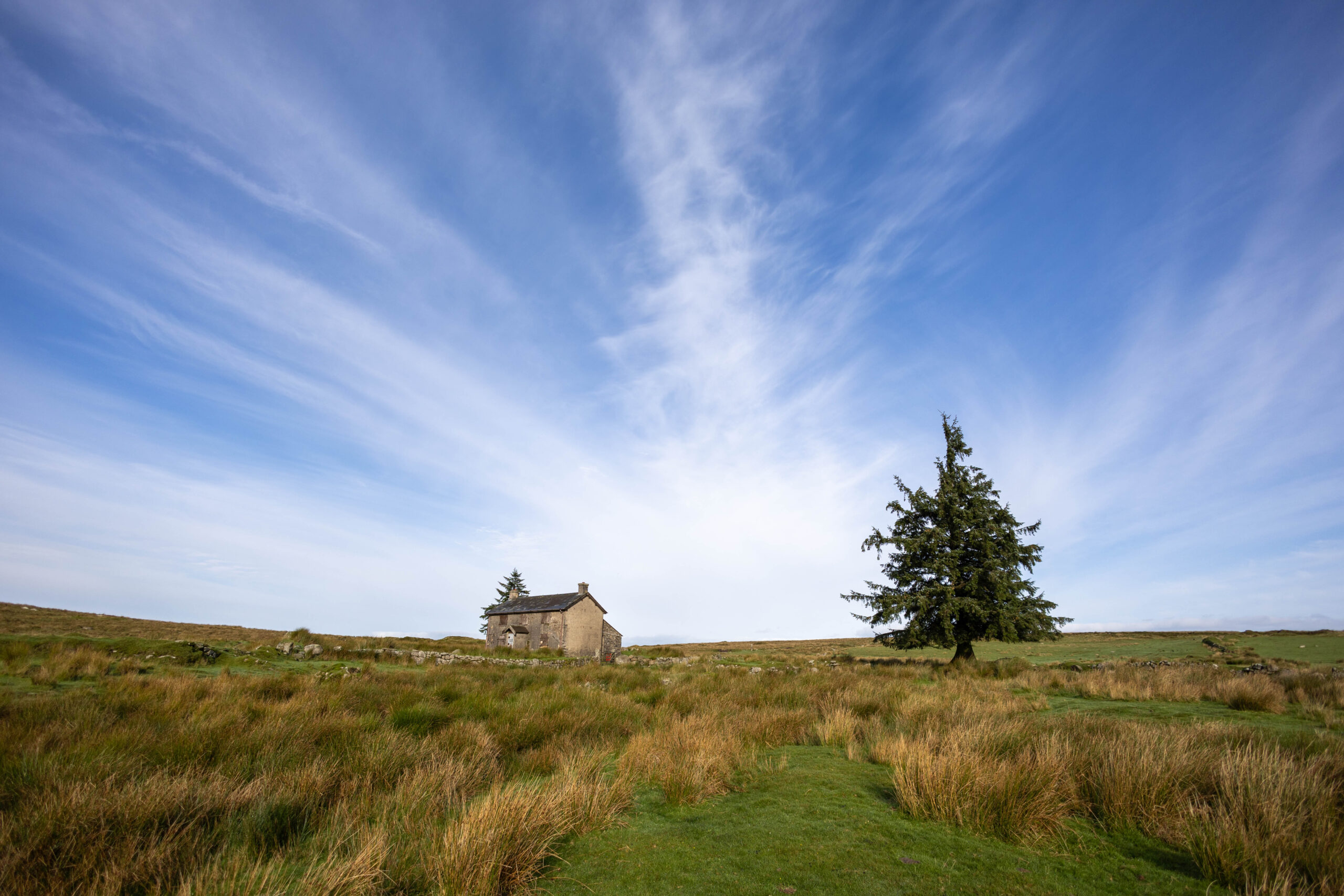
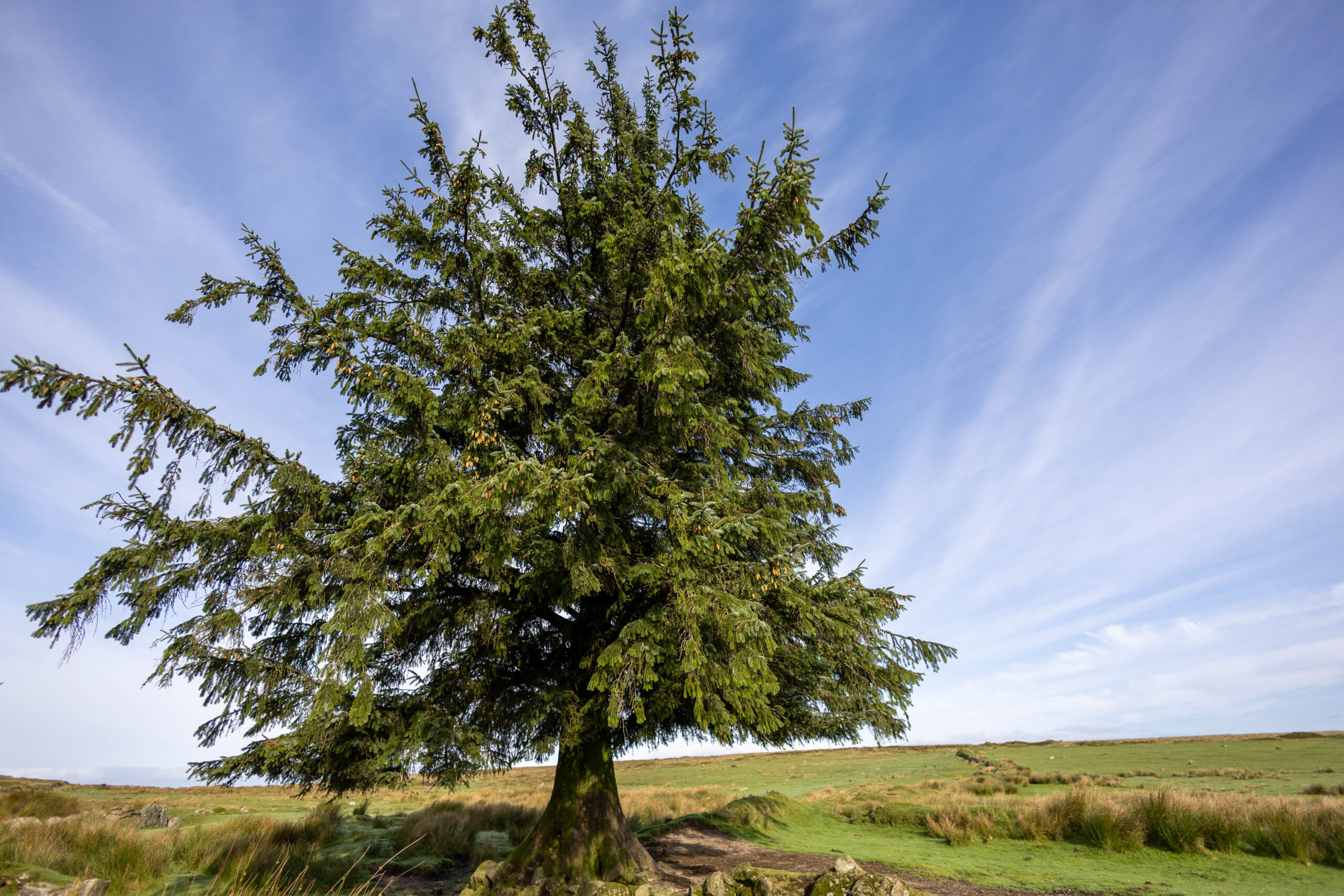
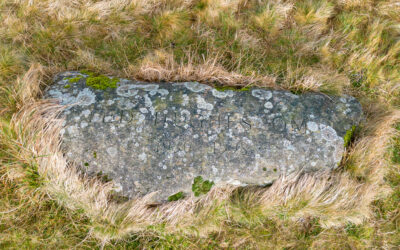
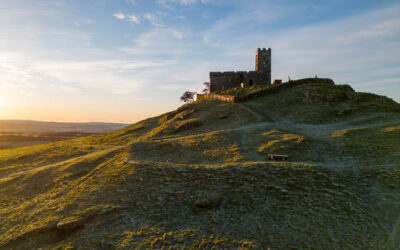
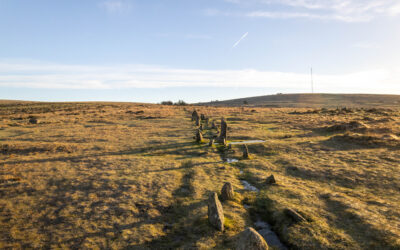
Trackbacks/Pingbacks